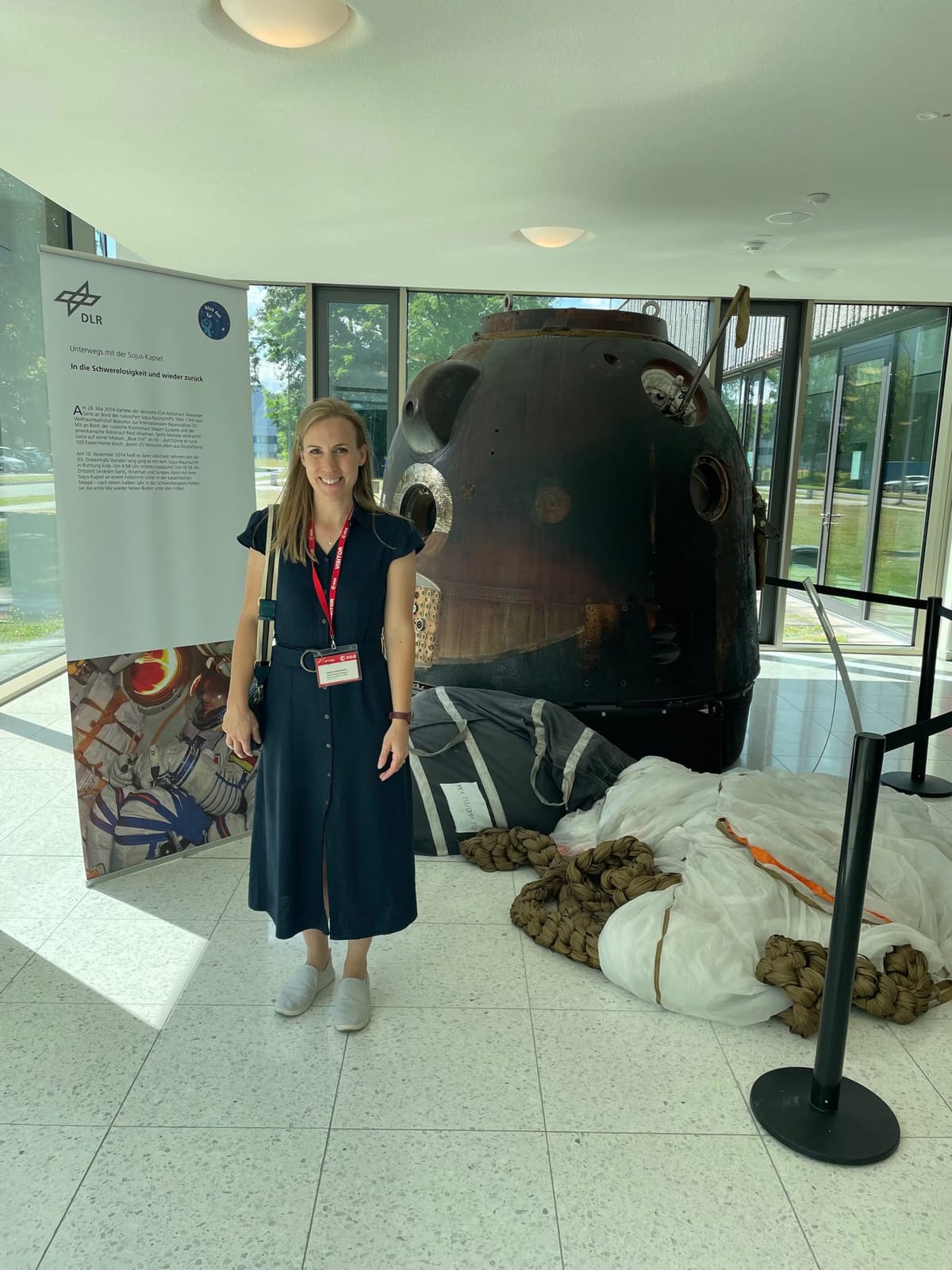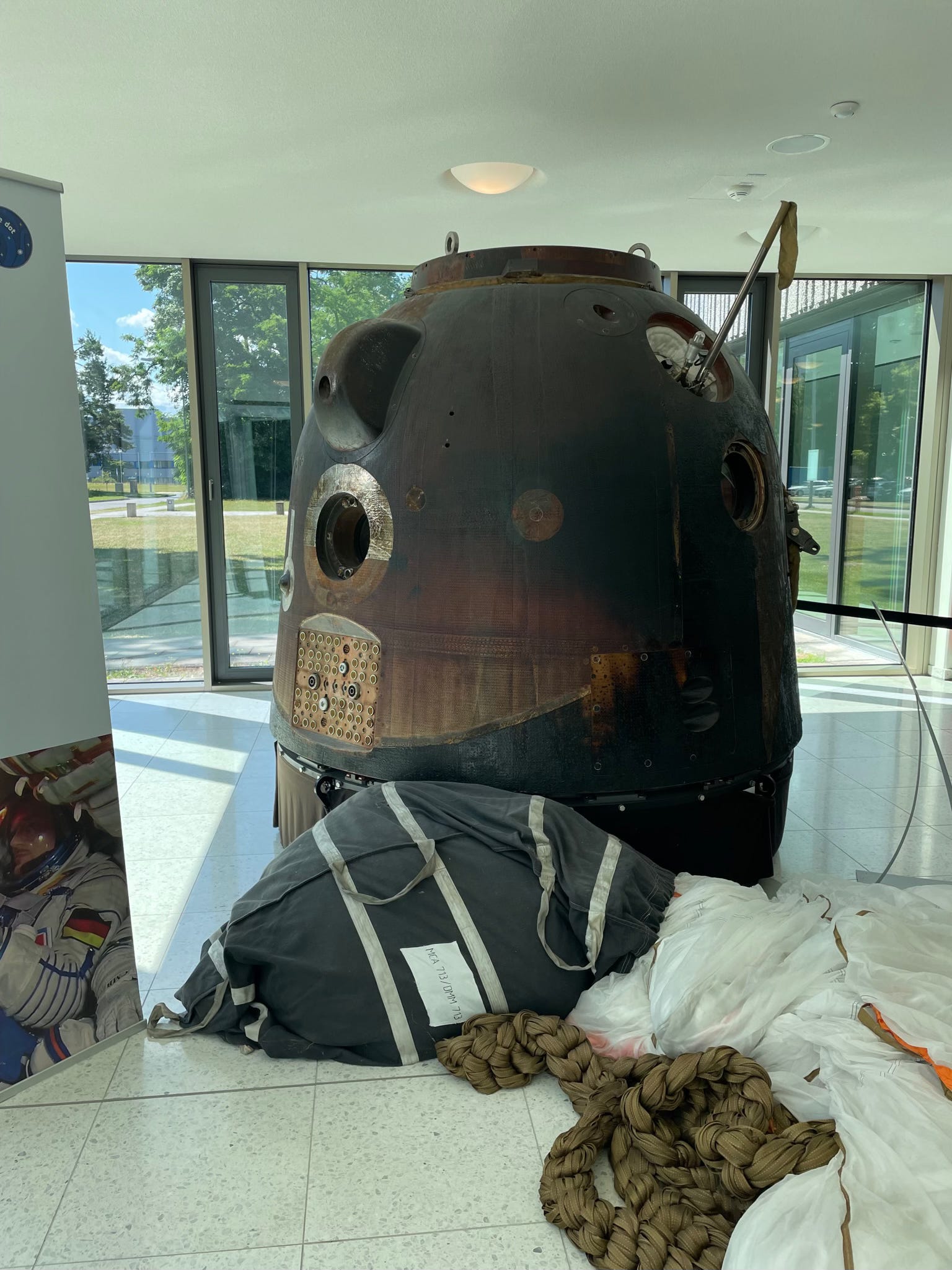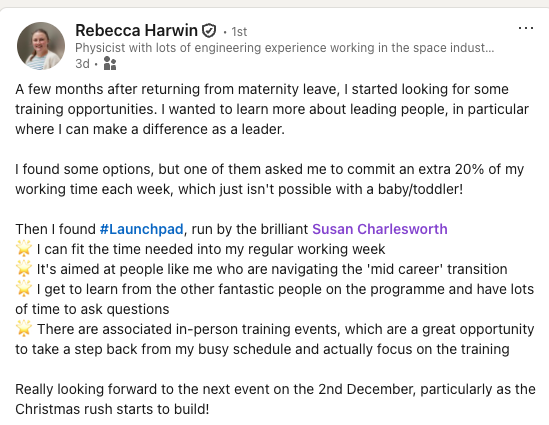Understanding Spaceflight Induced Environments
Lesson 7 from ESA Astronaut Training

This training session looked into the critical topic of Spaceflight Induced Environments. This lesson was vital for comprehending how the unique conditions of spaceflight affect both the spacecraft and its crew. Our focus areas included internal atmosphere, acceleration, vibration, and acoustics, each posing distinct challenges and requiring specific countermeasures.
The goal of this was to provide an understanding of these environmental factors and the necessary measures to mitigate their impact on crew health and safety. These insights are crucial for designing spacecraft that ensure a safe and effective environment for astronauts.

Key highlights from today's lesson included:
- Internal Atmosphere: 🌬️ We discussed maintaining the correct composition and pressure, temperature and humidity, and addressing atmospheric contaminants.
- Acceleration: 🚀 Understanding how different phases of flight impact the crew and the importance of reducing the impact of these forces effectively.
- Vibration: 🌊 Exploring the effects of vibration on both crew and equipment, and the countermeasures to minimise these impacts.
- Acoustics: 🎧 Learning about the challenges posed by noise within the spacecraft and strategies to control it, ensuring effective communication and protecting crew's hearing.
One particularly interesting aspect we explored was the effect of undesired noise on cognitive abilities. Noise can degrade short-term memory, multitasking ability, spatial memory, and visual tracking. Implementing soundproofing, scheduling noisy activities during designated periods, and using noise-reducing equipment are some of the countermeasures we discussed.





